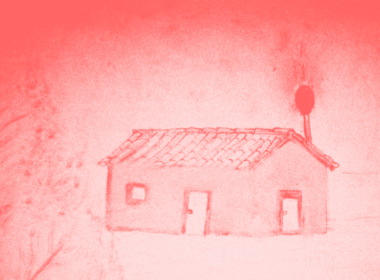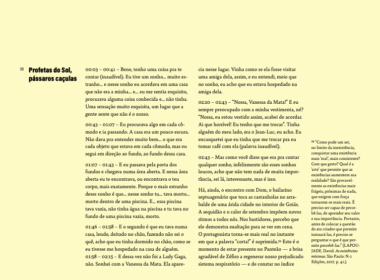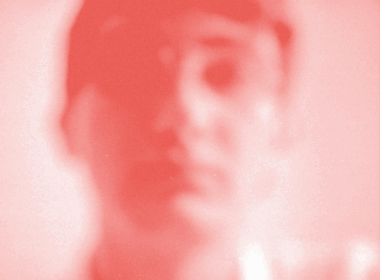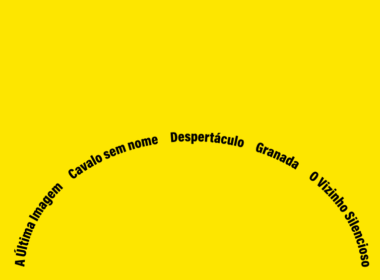A tese, intitulada Depois que o Sol baixar um pouco e outros ensaios, foi defendida em abril de 2024, no Programa de Pós-Graduação em Artes da Universidade do Estado do Rio de Janeiro. Os ensaios e imagens descentradas desta pesquisa se debruçam sobre um conjunto de trabalhos artísticos realizados por Benedito Ferreira entre 2013 e 2024. Tais produções mobilizam, sobretudo, a relação do artista com o Setor Central de Goiânia e expõem as dinâmicas adotadas na condução de suas encenações, capazes de ativar sentidos no universo arvorado dentro e fora do enquadramento. Lançam, ainda, um olhar atento à dificuldade, à complexidade e à extensão dos encontros com seus interlocutores, para inserir as imagens em um pleito que exalta ou desmistifica certa ideia de “goianidade”. São imagens que dão contorno ao cotidiano, um conjunto de notas e memórias partilhadas com seus saltos e imperfeições. Por meio delas, a pesquisa articula a ideia de coletividade num sentido particular, a propósito do que aconteceu e daquilo que está acontecendo. Ao conceber a montagem como gesto curatorial por excelência, extrai dela três partidos conceituais: a dúbia dor, ao romper os axiomas dos campos da “ficção” e do “documentário”; a frustração espectral, ao reduzir a expectativa de acolhimento nos espectadores; e a profusão labiríntica, ao atiçar os apagamentos deliberados dos arquivos. Por fim, utiliza a ficção como tática imaginativa de futuros, ao tomar partido da entrevista, da maleabilidade de texto e fotografia, ou, ainda, do achegamento entre lirismo e trivialidade.
–
The doctoral dissertation, titled Depois que o Sol baixar um pouco e outros ensaios [After the sun goes down a little and other essays], was defended in April 2024 in the Graduate Program in Arts at the State University of Rio de Janeiro. The decentralized essays and images of this research delve into a series of artistic works created by Benedito Ferreira between 2013 and 2024. These productions primarily engage with the artist’s relationship Goiânia downtown, revealing the dynamics used in conducting his enactments, capable of activating meanings within and beyond the frame. They also scrutinize the challenges, complexities, and scope of encounters with his interlocutors, aiming to situate the images in a discourse that either exalts or demystifies a certain notion of “goianidade”, i.e., belonging to Goiás state, Brazil. These are images that outline daily life, a set of notes and shared memories with their leaps and imperfections. Through them, the research articulates the idea of collectivity in a particular sense, concerning what has happened and what is happening. By conceiving montage as a curatorial gesture par excellence, it extracts from it three conceptual approaches: the dubious pain, by breaking the axioms of the fields of “fiction” and “documentary”; the spectral frustration, by reducing the expectation of reception in spectators; and the labyrinthine profusion, by inciting deliberate erasures from the archives. Finally, it uses fiction as an imaginative tactic for envisioning futures, by embracing interviews, the malleability of text and photography, or even the approach between lyricism and triviality.



